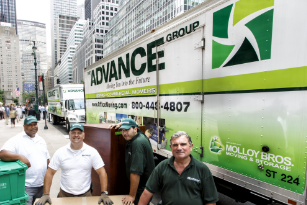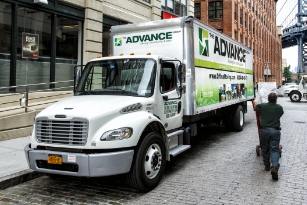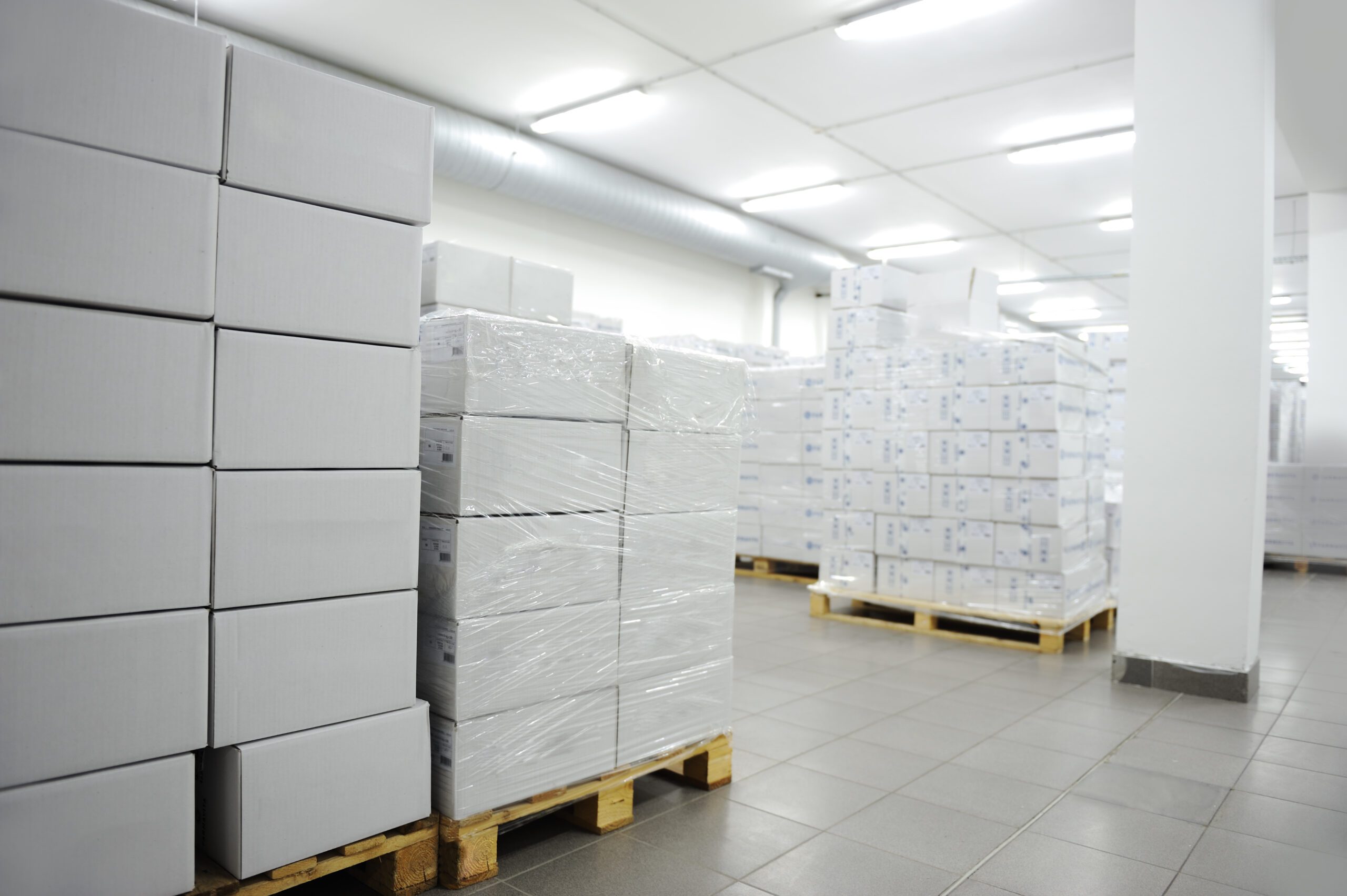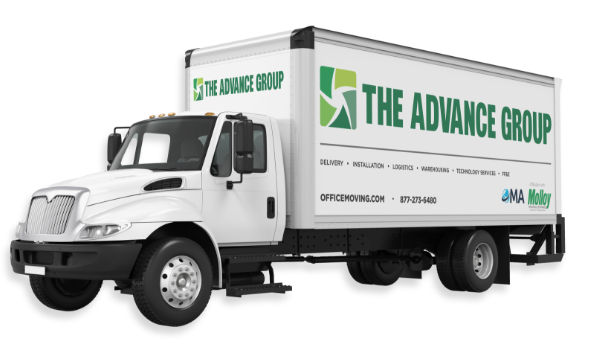
Pioneers in Relocation & Logistics
Welcome to The Advance Group, where excellence isn’t just an expectation – it’s a tradition. For more than 50 years, we have been at the forefront of the relocation and logistics industry, proudly serving both the commercial and residential sectors. With our roots firmly planted in New York, we’ve branched out to serve the vibrant landscapes of New Jersey, Connecticut, and the sun-kissed expanses of Florida.
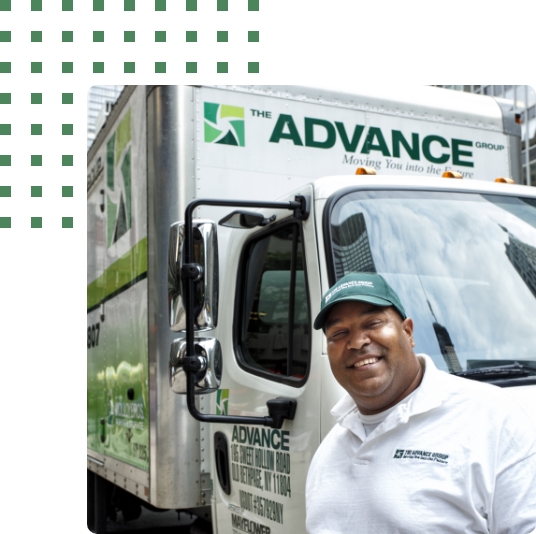
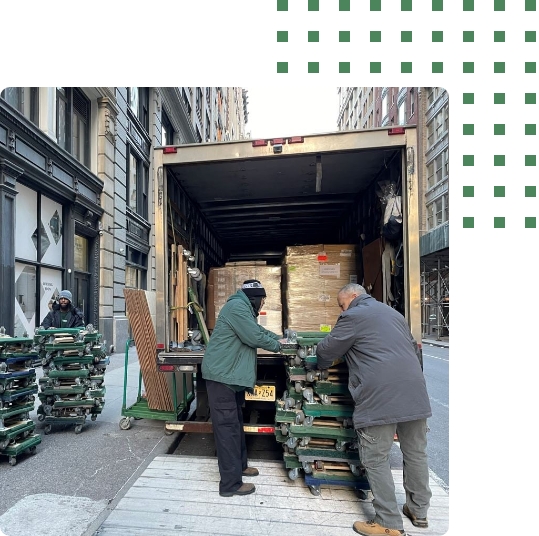
What We Do
Welcome to The Advance Group, where excellence isn’t just an expectation – it’s a tradition. For more than 50 years, we have been at the forefront of the relocation and logistics industry, proudly serving both the commercial and residential sectors. With our roots firmly planted in New York, we’ve branched out to serve the vibrant landscapes of New Jersey, Connecticut, and the sun-kissed expanses of Florida.
Commercial Moving Services
Inside The Advance Group

Warehouse Stats
500,000+
square feet of secure warehouse space.
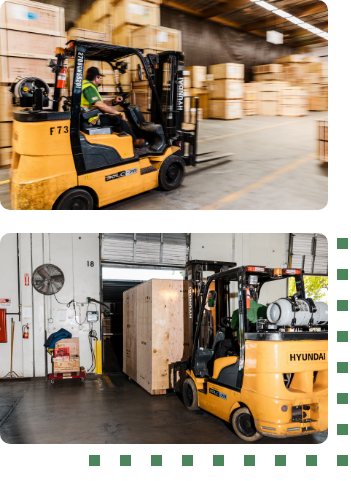
24/7 video surveillance for maximum security.
Affiliations

Legal and Compliance Considerations: Ensuring a Smooth Transition
In the fast-paced world of business, transitions are inevitable. Whether [...]
Tips for Decluttering Your Office for a Smooth Relocation
Relocating a business is a monumental endeavor packed with challenges [...]
New Location in Ft Lauderdale
The Advance Group Expands Operations into South Florida with new [...]

